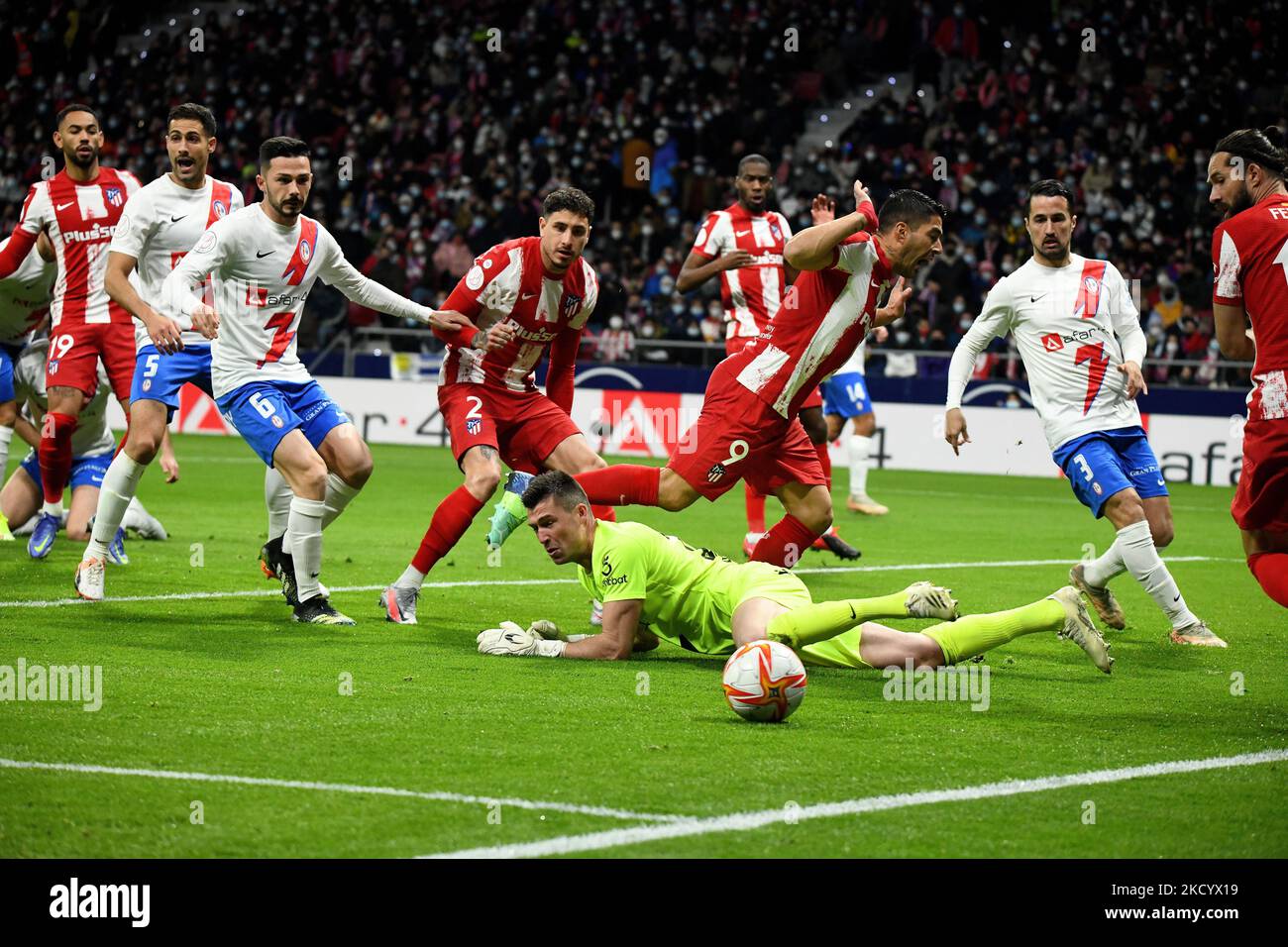
Introduction
Spain’s Copa del Rey, an esteemed soccer tournament, has captivated fans for over a century. This prestigious cup competition, open to all levels of Spanish soccer, holds a significant place in the hearts of players, coaches, and supporters alike. However, beneath the excitement and passion, lies a complex tapestry of issues that warrant critical examination.
Historical Legacy and Cultural Significance
Founded in 1903, the Copa del Rey has witnessed some of the most iconic moments in Spanish soccer history. From the legendary exploits of Real Madrid and FC Barcelona to the underdog triumphs of smaller clubs, the tournament has etched itself into the collective memory of the nation. Moreover, it holds a profound cultural significance, serving as a unifying force that transcends regional and team loyalties.
The Financial Divide
Despite the tournament’s prestige, concerns linger over the financial divide between the top clubs and the rest of the participants. With Real Madrid, FC Barcelona, and Atlético Madrid boasting significantly higher revenues, they enjoy a disproportionate advantage in terms of player acquisition, team resources, and overall competitiveness. This imbalance can lead to lopsided matches and diminish the chances of smaller clubs causing an upset.
Scheduling and Fixture Congestion
Another challenge facing the Copa del Rey is fixture congestion. With the tournament often scheduled during already crowded parts of the season, players and teams face a demanding calendar that can lead to injuries, fatigue, and reduced performance levels. Balancing the demands of multiple competitions while ensuring player welfare remains a constant concern for coaches and club management.
Player Motivation and Team Dynamics
The Copa del Rey also presents unique challenges for player motivation and team dynamics. For top clubs, the tournament might be seen as less significant than the league or European competitions. This can result in rotation of players and a perceived lack of focus, which undermines the integrity of the competition. For smaller clubs, conversely, the Copa del Rey offers a rare opportunity for glory, but the pressure to perform can be immense, potentially affecting team cohesion and overall results.
The Future of the Copa del Rey
As the soccer landscape continues to evolve, the future of the Copa del Rey remains uncertain. Discussions are ongoing regarding potential changes to the format and structure of the tournament. One proposal includes streamlining the competition, reducing the number of rounds and incorporating a more equitable distribution of resources. Others argue for embracing technology to enhance the fan experience and provide greater accessibility to matches.
Conclusion
The Spain Soccer Copa del Rey is a captivating tournament steeped in history and cultural significance. However, it grapples with complex issues such as financial disparity, scheduling constraints, and player motivation. Finding a balance between tradition, competitiveness, and player welfare will be crucial for ensuring the long-term sustainability and relevance of the Copa del Rey. As the tournament continues to evolve, it will undoubtedly face new challenges, but its enduring legacy as a celebration of Spanish soccer will remain.





